Pictures of (mental) health framed in art therapy
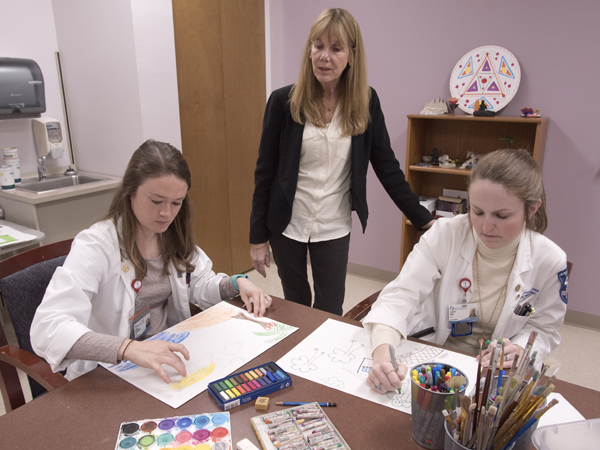
Sometimes the only way to draw people out is to give them something to draw with.
That idea is at the heart of Susan Anand's work here with people walled in by the pain of depression, anxiety, bipolar disorder and other issues of mental health.
A registered, board-certified and licensed art therapist and part-time instructor in the Department of Psychiatry and Human Behavior, Anand says the act of creating - drawing, sculpting, painting, puppet-making - is the path to a safe place where those who feel powerless exercise control, where the emotionally tongue-tied are freed.
“They may not be able to talk about it,” Anand said, “but maybe they can draw about it.”
For her part, Anand will talk about this liberating process during her presentation Feb. 10 at the 1st Sharjah Arts Therapy Conference in the United Arab Emirates (UAE).
The symposium will be held at the University of Sharjah, where Anand's sister is a translator.
“After a colleague of mine asked me to organize some conferences in India for February, I asked if I could also present a proposal for Sharjah,” said Anand, whose itinerary includes training sessions or conferences at three locations in India - New Delhi, Chennai and Auroville.
In Sharjah, Anand will pilot a hands-on workshop, “Creating Possibilities and Strengthening Resilience through Puppet Making and Story Telling,” based in part on her work at UMMC.
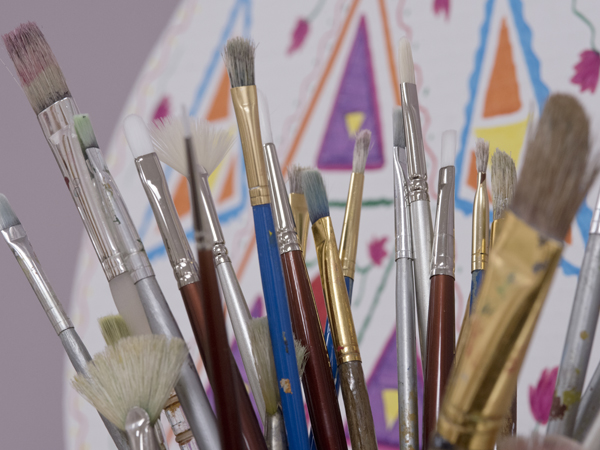
In weekly art therapy sessions here, groups of around six outpatients referred by attending physicians or residents have recourse to improved mental health through clay, drawing materials, collage and paint. During a six- to eight-week period, they also fashion masks, along with puppets from paper.
“When they make a puppet, they're creating a character - whatever character they want,” Anand said. “The patient identifies the puppet's strengths, gives the puppet a problem, and determines how the puppet uses his or her talents to overcome it.” In this way, the patients build resilience by solving problems through strengths they may possess.
“All art is a kind of self-portrait,” Anand said.
One bipolar patient designed a puppet with two heads. “She described one head as her monster self,” Anand said. “The other was the self she wanted to be.”
But another former patient in the group doubted the sessions could ever help her. “I was very skeptical at first,” said J.K., whose name is withheld for privacy concerns. Within a week or so, she had changed her mind.
“We painted these papier-mache masks - the point was that we all have a face we present to others,” she said. “But on the inside there are things we don't want people to know. I painted my mask pink because it's a happy color. But I painted the inside blue to represent sadness. Sometimes, when people suffer from depression, they want to hide that.”
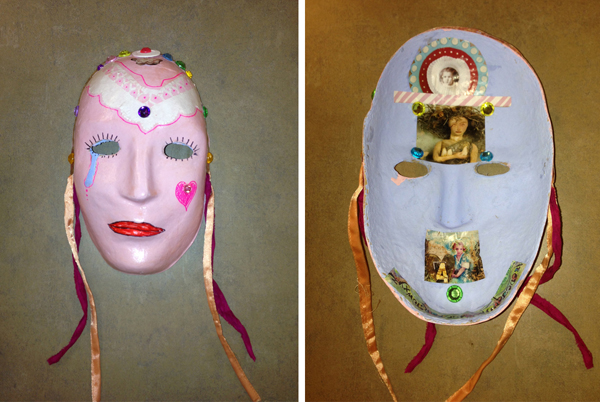
Another time, she found a picture of a sinking ship, which resonated with her vividly, she said. “At the time, I felt like I was sinking.”
The sessions forced her to confront issues she had avoided. “What that did for me was to ignite something inside of me; it awakened some part of myself that I had lost touch with,” she said. “I felt more willing to share. And it gave me confidence because I got a lot of nice feedback from the other participants. I just needed that. It fed me.”
Similarly, people in the throes of post-traumatic stress disorder - from mass shootings, for instance, or natural disasters - benefit by controlling or facing up to the narrative that shattered their lives.
“Art therapists are still seeing Sandy Hook families,” Anand said, referring to the 2012 mass shooting in Connecticut. “When trauma occurs, often times people have difficulty using words to express what they feel.”
The images they paint or sketch or cut out can speak more eloquently for them, said Lindsay Avent, clinic coordinator of the department's Behavior Health Specialties Clinic and a licensed professional counselor who leads the group sessions in Anand's absence.
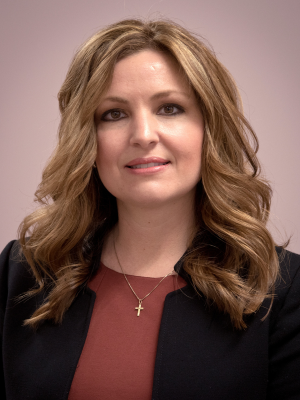
“One guy went back to his childhood and drew his favorite chair,” Avent said. “That was his safe place.”
While attending an art therapy workshop, a clinician working on the Mississippi Gulf Coast produced a puppet in the shape of a hurricane and named it Katrina.
In fact, it was around 2005, following that massive storm, when Anand began tapping into the power of puppet-making in earnest. Through her part-time employment then with the community service organization Catholic Charities, she ferried her art materials down to the Mississippi Gulf Coast, where people were reeling from displacement.
About three years later, art therapy group sessions for patients began at the Medical Center as part of the training for third-year psychiatry residents.
“I started with low expectations,” said Dr. Tarek Aziz, chief psychiatry resident, now in his fourth year. What happened took me by surprise.
“Patients started talking about their hardships, because they knew that they were not alone. One of my current patients said, 'When I do things with my hands, I can put worry to rest.'
“I saw the benefits of art therapy. And some patients can't afford any other kind.”
Because art therapy is part of the residents' training, the sessions have been offered at no charge for patients. Medical students in their psychiatry rotations are also encouraged to participate. When they do, the trainees create their own art alongside patients.
“They are able to express their frustrations the way the patients do,” Anand said.
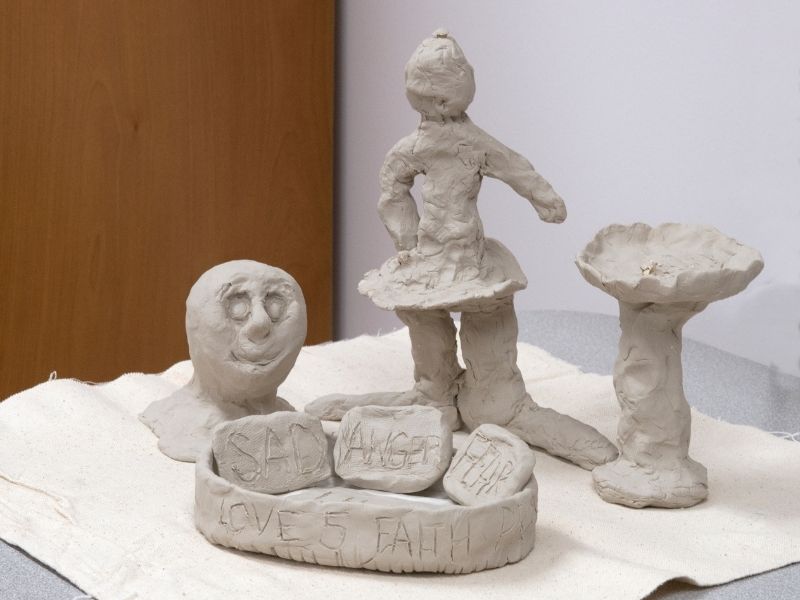
Teaching art therapy courses in graduate training schools was relatively new in 1976, when Anand earned a B.A. in fine arts at Indiana University.
“I didn't know anything about art therapy until I read a book about it, and realized I could help people with it,” she said. Although such programs were rare then, she found one at New York University, where she earned her Master of Art Therapy in 1986; her thesis was on children with autism.
A year later, she arrived at the Medical Center. Since then, she has added to the body of research that says art therapy is helpful not only for psychiatric outpatients, but also for those with illnesses such as cancer and heart disease.
“Art therapy helps with pain management,” Anand said. “Part of that is about the pain of grief.”
While the outpatient clinic is for adults, Anand has also harnessed art therapy for children, including one 12-year-old victim of sexual abuse.
“Her painting was an animal covered with purple spots living in a cage in a zoo,” Anand said. “The child said the animal was sick. Finally, she admitted she was afraid she might be sick, too - with AIDS.”
It's moments like these that practically write the titles of Anand's presentations for her. One she calls “When Words Are Not Enough.”


